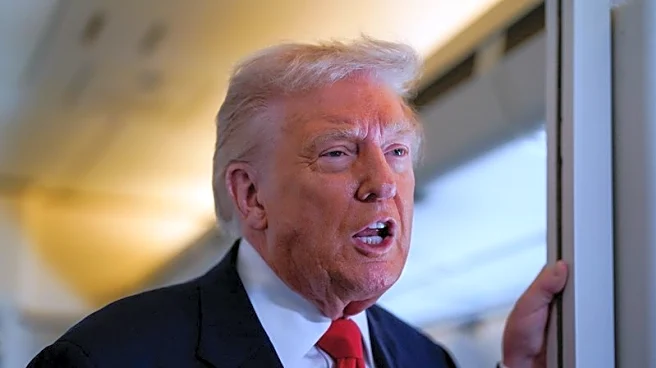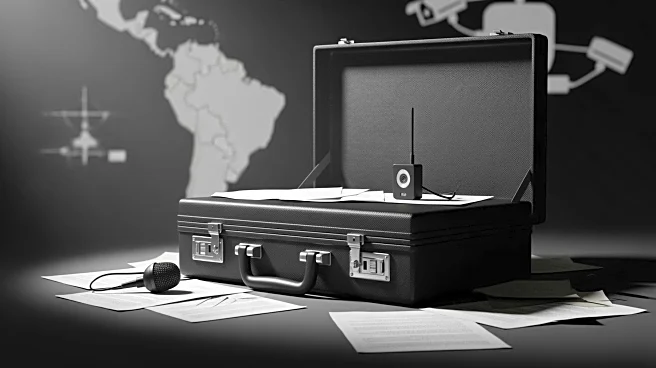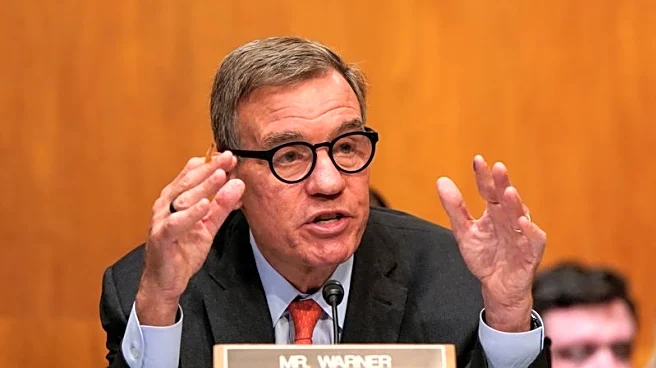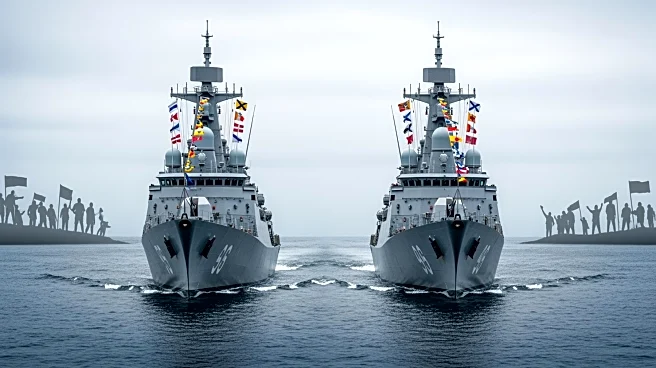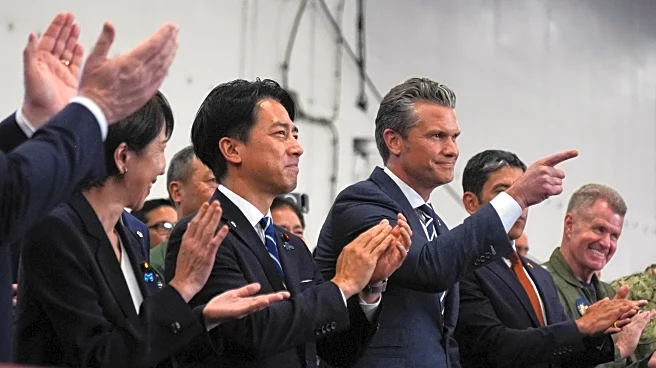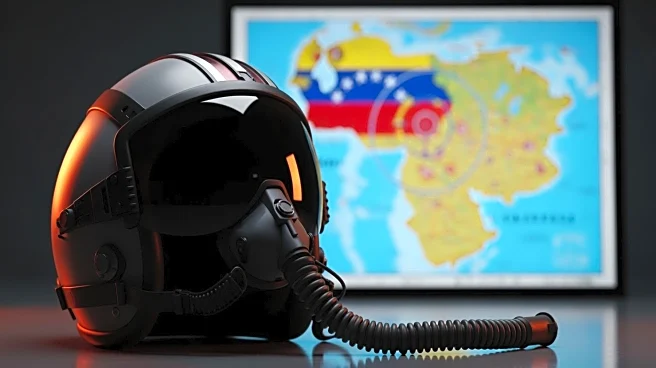What's Happening?
The United States has increased its naval presence in the Caribbean, with satellite images showing the USS Iwo Jima and USS Gravely positioned near Venezuela. This deployment follows recent U.S. airstrikes
on cartel-operated vessels linked to Venezuela, indicating a potential escalation in military operations against narcotrafficking networks. The presence of these warships, equipped for amphibious and precision strike missions, has heightened tensions with Caracas, which views the move as a provocation.
Why It's Important?
The strategic positioning of U.S. naval forces near Venezuela underscores the U.S. government's commitment to combating drug trafficking in the region. However, it also raises the risk of military confrontation, which could destabilize the region and impact international relations. The deployment reflects broader geopolitical dynamics, with the U.S. seeking to assert its influence in Latin America. The situation could affect global oil markets and regional security, with potential implications for U.S. foreign policy and defense strategies.
What's Next?
As tensions rise, both the U.S. and Venezuelan militaries remain on high alert. The Pentagon is reviewing potential military scenarios, and diplomatic efforts may intensify to prevent escalation. The international community will likely monitor developments closely, with potential responses from regional allies and global powers. The situation could lead to increased diplomatic negotiations or further military actions, depending on the evolving geopolitical landscape.





